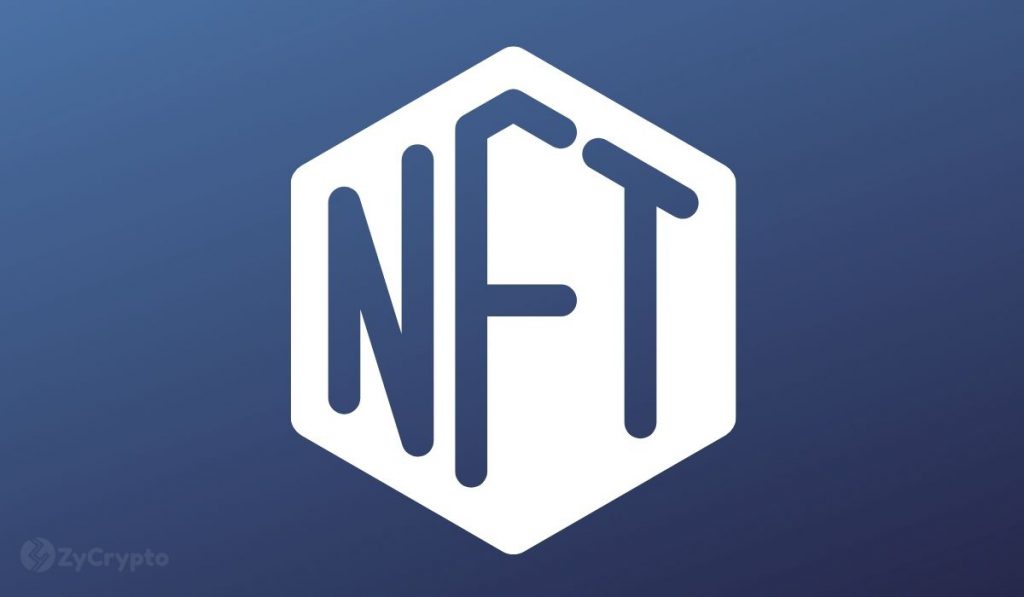Non-Fungible Tokens—or NFTs as we mostly called them — have outgrown the hype phase. Now there’s a massive number of creators aiming to break Beeple’s $69 million NFT sale record and an influx of institutions looking to cash in on the new technology that appears to be decentralizing museums at neck break speed. Like Ethereum’s Vitalik Buterin pointed out, NFTs are fast becoming articles of ostentation gleefully gathered by the wealthy for show-off—and that’s a great gain for crypto.
But what if the process could be improved? What if the price of NFTs could be determined so effectively without costing buyers so much in gas fees? How about a system of ownership certification that can differentiate the original NFT owner from a buyer? Ethereum’s Vitalik Buterin and Justin Roiland, the co-creator of the Rick and Morty animated series, share their ideas on how the NFT user experience can be improved.
Proof Of Attendance Protocol POAP) aka Soulbound
Vitalik proposed a Proof of Attendance Protocol (POAP) with non-transferability features for NFTs. A POAP is a type of protocol mechanism that rewards attendees with a pre-defined exclusive type of benefit for their participation. Think of it as a souvenir you get for attending an event, but with an extra feature that makes it possible to sort out the original owners of every souvenir, in case it all gets mixed up or sold. That’s the non-transferability element. Vitalik likens this to a ‘soulbound’ feature found in the popular World of Witchcraft game, which makes collectibles non-transferrable by the player. By including the soulbound feature, digital ownership rights can truly reside with the rightful person, irrespective of their wealth or status.
This innovation is crucial, especially in the DAO sector, where non-transferable governance rights of participants are crucial for effective democracy. Vitalik believes linking NFTs to the user’s ENS or employing the non-transferability feature, which uses proof of humanity attestation, can help make this happen. The second layer of security can also be added using Ethereum Layer 2 protocol, ZSNARK.
The end-point is to safeguard the originality of the art and preserve the originality in creativity.
 
 
Constant Rate Issuance Sale Protocol (CRISP)
In another space, Justin Roiland, the co-creator of the Rick and Morty animation series, decried the spate of buying and selling NFTs and how its current ineffective automation makes the process even more stressful and expensive. To tackle this issue, Roiland also proposes an infusion of CRISP to help users. This is a system that makes the prices of NFTs increase or decrease in real-time based on demand. A simple example of this is:
“Instead, you could use CRISP, and let users buy NFTs whenever they want. If CRISP were on pace to sell only 10 NFTs in a day, it would slowly decay the “buy it now” price. If it were on pace to sell 200, it would rapidly increase the “buy it now” price with each new sale.“
It remains how, if not when, these ideas can be developed and commercialized to make the vibrant worth of NFT more valuable to the user.


